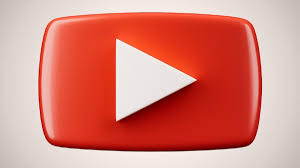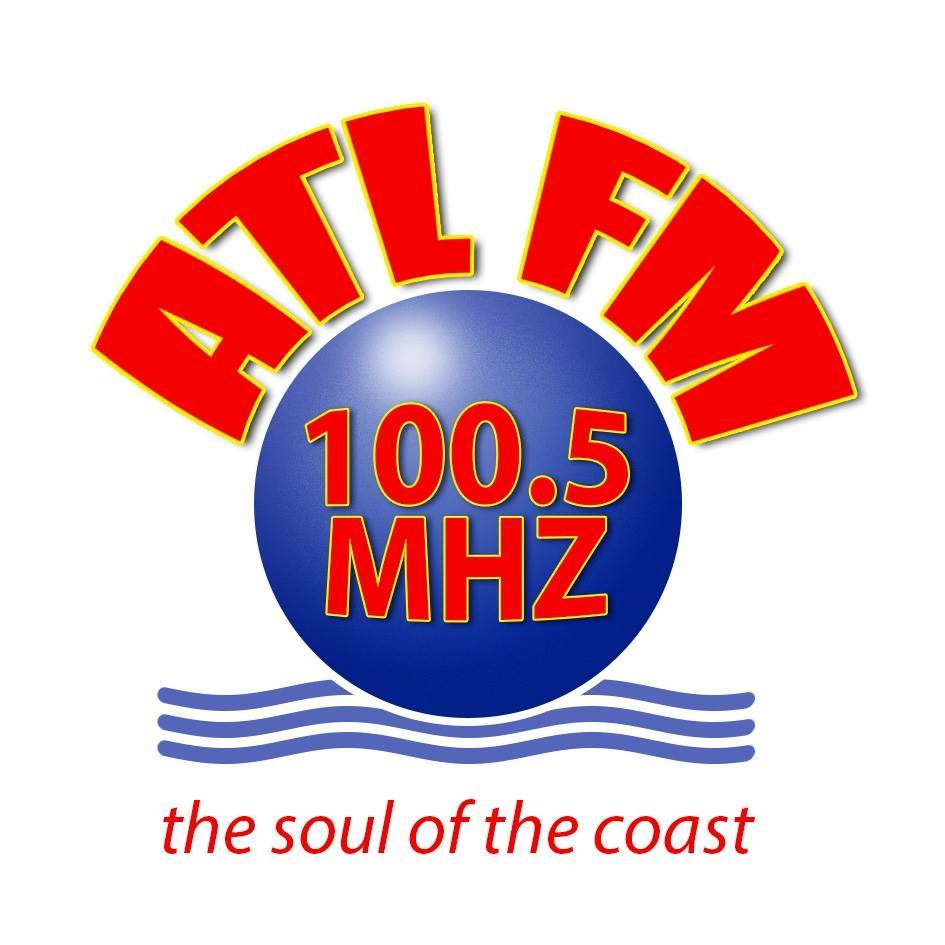YouTube will soon be 20. Statistics about the platform that Google would prefer to keep secret are being revealed via an unconventional research methodology.
YouTube might not appear to be secretive. It is visible to the public. From now until the day you die, you can watch a limitless amount of content. Numerous studies have been conducted on the platform, exploring anything from the radicalizing impacts of its algorithm to the commodified economy that surrounds it. But when you start asking basic questions, the picture becomes hazy. For instance, how much do we all watch on YouTube?
Google, which owns YouTube, is quiet about that and many other details. In February, the company revealed that people who access YouTube on their TVs collectively watch one billion hours a day, but total numbers for the platform are an enigma. Estimates say YouTube has around 2.5 billion monthly users – almost one in three people on Earth – and the average mobile app user watches something like 29 hours a month. With that, let’s try some back-of-the-napkin maths.
We may multiply 2.5 billion by 29 hours if we assume that the monthly viewing average for app users can be applied to all YouTube users on the website and television. This indicates that around 8.3 million years of YouTube videos are viewed by people each month. That’s about 100 million years during a 12-month period, which is hundreds of times longer than the entirety of human history.
What is the number of videos on YouTube? What are they about? Which languages are spoken by YouTubers? The platform will have been operational for 20 years on February 14, 2025. That’s a lot of footage. However, we are unsure of the precise number. Google is aware of the solutions. It simply refuses to inform you.
That is an issue, according to experts. Practically speaking, one of the most potent communication systems ever developed—a resource that supplies information and ideas to one-third of the world’s population—is functioning in the dark.
Ethan Zuckerman, head of the Initiative for Digital Public Infrastructure at the University of Massachusetts at Amherst in the United States, says that’s partly because there’s no simple way to obtain a random sampling of movies. You can choose your videos by hand or follow the algorithm’s suggestions, but it’s difficult to find an objective selection that merits careful examination. However, Zuckerman and his research team devised a solution a few years ago: they created a computer program that randomly loads YouTube videos, attempting billions of URLs at once.
According to Zuckerman, calling the tool a bot is definitely oversimplifying it. “A more technically accurate term would be ‘scraper’,” according to him. The results of the scraper are providing us with a firsthand look at what’s truly going on on YouTube.
Over the course of its 20 years of existence, YouTube has reshaped global culture and influenced the sensibilities of entire generations. According to surveys, YouTube is by far the most popular social media platform in the United States, with 83% of adults and 93% of teenagers using it. According to most estimations, it is the second most visited website on Earth, with Google.com being the most popular. However, even as YouTube approaches its third decade, its most fundamental information is being kept under wraps.
The statistics and other issues discussed in this story were not addressed by a Google representative, who instead posted a blog post explaining the platform’s recommendation mechanism. YouTube’s riddles remain for the time being.
Unusual methods
Paul Barrett, deputy director of the New York University Stern Center for Business and Human Rights, says, “It’s very hard to understand what’s going on inside social media platforms, because while the companies that run them do make certain public disclosures, those disclosures are fragmentary and often somewhat misleading.” “I believe Google has a gut feeling that it would not benefit them to highlight how enormous YouTube is, how enormous the user base is, and how amazing the quantity of content is. Google does not like to appear as powerful as it actually is.
However, Zuckerman and his associates managed to get a behind-the-scenes look. The format of YouTube URLs is standard. The addresses, with a few exceptions, start with “youtube.com/watch?v=” and finish with a distinct 11-character string. For instance, the identification for Gangnam Style is 9bZkp7q19f0.
“If I wanted to know how many valid phone numbers there are in New York’s 212 area code, I could just dial 212 and seven random numbers to see if somebody answers. I’d probably get cursed out a lot if I did it enough, but eventually I’d gather enough data to figure it out,” Zuckerman says. “That’s what we did with YouTube. The thing is, YouTube has 18.6 quintillion potential numbers, so you have to dial a few billion before someone picks up.”
In order to create a sufficiently enough data set, Zuckerman’s researchers allowed the scraper to repeatedly phone YouTube while intoxicated. The scraper tried over 18 trillion possible URLs to get the first 10,016 movies they collected for their initial analysis. For every genuine video it discovered, about 1.87 billion incorrect guesses were made. It would take an average of 178 years before you found a single video if you performed that labor manually, taking three seconds on each attempt.
After the researchers analyzed their data, the findings contradicted the widely held belief about what YouTube is.
Secret stats
The initial query was straightforward. What is the total number of videos uploaded to YouTube? In the beginning, when YouTube had something to prove, Google would publish that figure. The site had about 65,000 daily video uploads when Google first purchased it in 2006. The corporation has recently stated that over 500 hours are uploaded per minute, although it has not disclosed the exact amount of videos.
Zuckerman and his team estimated that YouTube had over nine billion videos in 2022 after comparing the quantity of videos they discovered to the quantity of assumptions it made. That figure increased by 60% to 14.8 billion videos by the middle of 2024.
Many people associate YouTube with the images of bright-eyed influencers competing for fame and fortune, or with professional content producers like Joe Rogan or MrBeast. However, after selecting a sample of the movies, the researchers asked human reviewers to see each one and respond to a series of questions regarding their observations. Generally speaking, they failed to locate professional work.
In just 0.21% of the videos they examined, there was any form of revenue generation, such sponsorship or in-video advertising. A call to action, such as YouTube’s well-known requests to like, comment, and subscribe, was present in less than 4% of the videos.
Just 38% of the movies had been edited in any way, compared to 14% that had some sort of set or background design. The camera work was “noticeably shaky” in almost half of the footage. Only around 18% of videos were deemed to have high-quality sound, and about 85% of the time, the sound quality varied greatly. Over 40% had no speech and only music. Approximately 16% of the sample’s videos were mostly still photos.
According to the study, the median number of views for a YouTube video is only 41, and 4% of films have never been viewed. This is in contrast to the hundreds of millions of views that the top YouTubers receive. Seventy-four percent of videos have no comments. About 89% don’t have any likes. In addition to seemingly receiving little attention, typical YouTube videos are also quite brief. According to their assessment, over one-third of YouTube videos are shorter than 33 seconds, and the median video is just 64 seconds.
Troubling questions
YouTube once sold itself as a tool for regular people. The company’s early slogan was “broadcast yourself”. But today, YouTube suggests it’s more of a service for people to watch the work of professional creators. In his annual letter at the start of 2025, YouTube’s chief executive Neal Mohan said the company’s mission is still to “give everyone a voice” – but most of the message was a discussion about how “YouTubers are becoming the start-ups of Hollywood” and “YouTube is the new television”.
ICYMT: TUC Accepts 10% Salary Increase, Hopes for Future Adjustments
This narrative misses a critical piece of the picture, says Ryan McGrady, the senior researcher in Zuckerman’s lab, who participated in the scraping project. YouTube is a free service that was built from the ground up by a private company, and it could be argued that Google should be able to run the platform as such. But when you examine how people are actually using YouTube, it looks less like TV and more like infrastructure, McGrady says.
(The researchers utilized a program called Whisper for speech recognition in order to detect languages. Although there are sporadic mistakes, it presents a somewhat accurate image. For instance, Whisper occasionally recognizes incomprehensible sounds as Norway’s written-only Nynorsk language.
“Most of us imagine YouTube as this place where millionaires give away prizes in a Squid-Game-style contest,” he claims. “But when you want to have a conversation about YouTube and its place in our society, we need to look at the ways it’s used, not just the ways it’s consumed.”
Many of us go to YouTube first when we have videos we want to share or save online, making it one of the de facto repositories of the internet. Additionally, it serves as a venue for the broadcasting of local authority meetings, which, for instance, offers a crucial chance for public accountability in ways that were previously impossible. McGrady asserts that it should be controlled as something more than a “platform” because it is an essential component of the infrastructure. “For companies that own so much of our public sphere, there are some minimum expectations we should have about transparency.”
More like this:
• The ghosts of India’s TikTok
• Google just updated its algorithm. The internet will never be the same
• The riddles humans can solve but computers can’t
But YouTube has escaped much of the scrutiny that’s challenged its biggest social media competitors, according to Barrett of New York University. Mark Zuckerberg and Elon Musk make frequent, loud pronouncements about how they do business and what’s happening on their platforms. “Google, in contrast, has largely stayed out of the crossfire by choosing a strategy of being much quieter, a strategy I’d say has largely worked for them,” he says.
“Social media is an anomaly when it comes to how little companies need to explain themselves if you compare it to other industries like finance, or agriculture or even broadcasting,” Barrett says. “But social media companies are fundamental players not just in mass communication but in all matters of political and civic life.”
According to Barrett, the most crucial thing to comprehend is the underlying workings of YouTube’s algorithm, a system that has enormous control over the global dissemination of information. However, basic information about what occurs on the platform is also crucial. “Knowing every detail that is currently obscured and unavailable would be really beneficial. They serve as the foundation for conducting more in-depth research,” he claims. “You have to start somewhere, but it only gets you so far. The public discussion over social media’s place in society will be more robust the more fundamental data we have to evaluate.



























